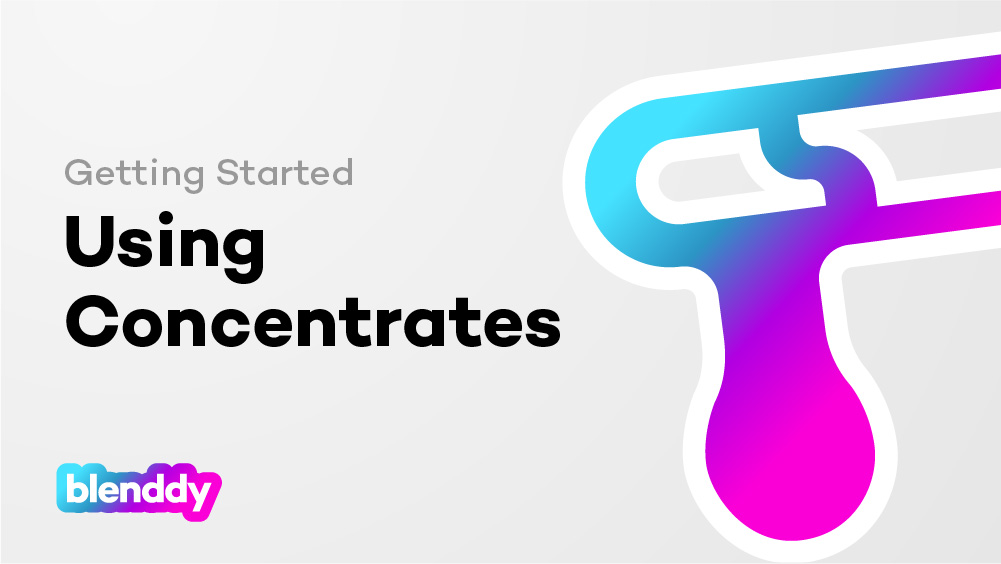Cannabis combustion is one of the oldest methods of consuming cannabis. Applying a flame to flower material coverts it into smoke, which contains the plant’s cannabinoids and terpenoids. Smoke passes through the lungs and allows for near immediate and intense effects, making combustion one of the most popular methods of consumption. In this blog post, let’s explore the different ways to combust cannabis, the pros and cons of each method, and basic tips to get started.
What are the Combustion Methods?
Combustion methods have evolved based on the desired final result. Each tool below addresses a type of lifestyle preferred by its user. Let’s review some of the more familiar tools of combustion:
Joint – One of the earliest and cheapest methods for smoking cannabis flower. Making a joint requires a grinder, wrapping material such as rolling papers or cigar wrappers, a little practice, and a lighter. Rolling your own joint allows creating a joint the size you feel comfortable using, from “pinner” up to blunt sized rolls. Some users add a crutch, which is a filter on one end to capture any particles or tar and avoid burning your lips when the joint burns down.
Joints let you curate your effects allowing you to mix different cultivars together. If rolling isn’t for you, they’re also sold in dispensaries as pre-rolls. It is also the most portable option since all you need to carry are matches and you’re ready to go.
Blunt – A joint made with cigar papers. As such, blunts are larger than a joint, have a different flavor, and burn slower because of the paper’s thickness. Blunts are favored by those who have a need for higher doses, though the taste and feel on the lips can be alluring.
Pipe – Pipes make the perfect accessory for a quick smoke. Simply place ground flower or an entire nug into the bowl and light away. Pipes are offered in many different materials. Glass, wood, metal are some of the most popular and in certain situations, one can even carve one out of food. Each material lends its portability, hand feel, and taste characteristics.
Pipes commonly have a small hole on the side, called a carb, used to control the flow of air pressure and help the flower material burn properly. Pipes build up ash, so need to be cleaned often for a clean tasting hit.
Bong – Also known as water pipes, bongs reduce the harshness on the throat by passing inhaled smoke through a liquid. This process also captures any impurities. If desired, additional cooling can be reached by adding ice. Similarly, using flavored water as a liquid medium can be used to impart flavor into the smoke. Bongs come in a number of sizes, determined by the size of the hit one looks to acheive. Larger hits can be reached with longre bongs, added distance to the burning chamber. Bongs come in many shapes that reduce the heat, and are offered from tabletop sizes to multi feet long devices.
Bubbler – A relatively newer introduction, bubbler’s sit in-between a pipe and a bong. Similar to bongs, bubblers use water to filter particles but have fixed pipe stems. As such, they benefit from being less cumbersome smaller and have fixed downtubes
Advantages of Combustion
As you see, burning can take on many forms, but they all share the same advantages:
- Speed – is alway at the top of the list with combustion. Unlike convection, which requires pre-heating, then passing air at a controlled speed, smoking is fast. One can simply pack a bowl and smoke away.
- Customization – It’s also possible to mix and get immediate feedback on the right dosage.
Disadvantages of Combustion
With all methods, there are obvious tradeoffs. Given the burning of material, there are some things to remember.
- Radicals – First there are the release of carcinogens and tar. As such we are advocates for vaping flower if you have the time.
- Flavor Loss– Secondly, there is a loss of flavor from the plant. The harshness from the heat incinerates all those flavors at once, replacing them with a burnt taste.
- Taste – Relighting a burned joint (roach) has a terrible taste
- Waste – Since material is burned up, there is always material loss.
- Accuracy – Like the above, material is coverted to smoke without a container, not as accurate as a container vape it is not the most accurate if you require accurate dosing.
- Smell – Combusting cannabis releases a fairly strong odor, which can be intrusive to some and can linger well after a session
So there you have it, a no-nonsense guide to the many ways for burning cannabis. We hope this article has helped you better understand your options and made the decision process a little bit easier. As with anything else in life, there are pros and cons to each method – it’s up to you to select what’s right for you. Have you tried any of these methods? Let us know about your experiences in the comments below!
